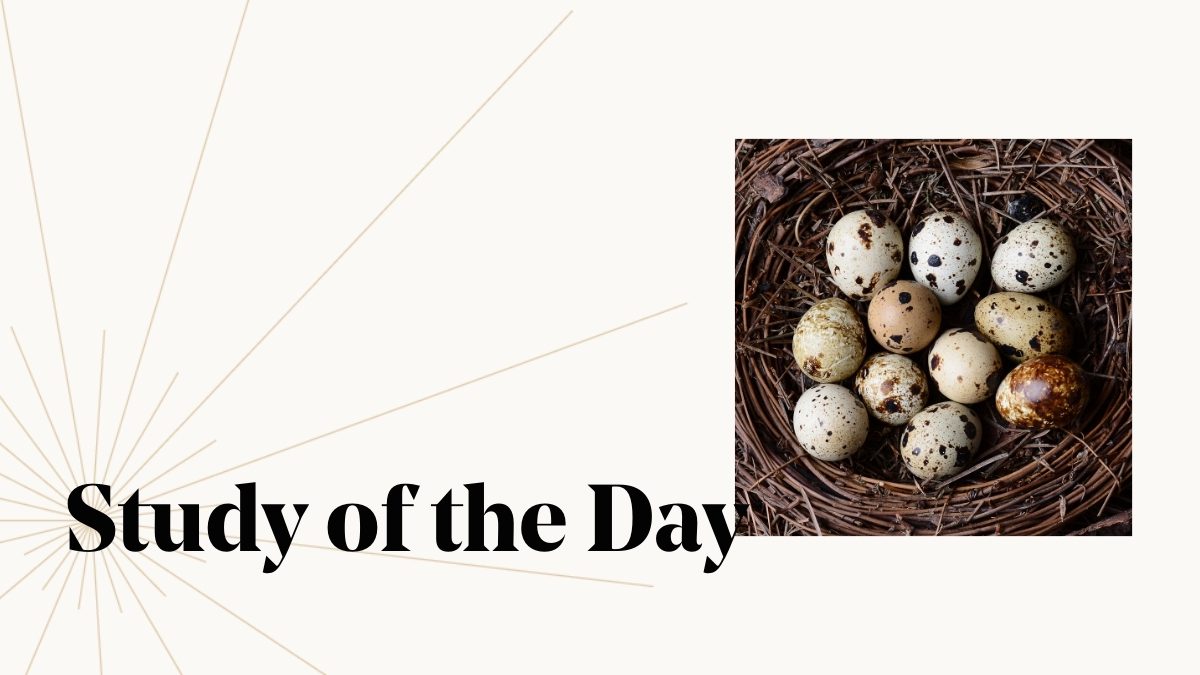In our Study of the Day feature series, we highlight a research publication related to a John Templeton Foundation-supported project, connecting the fascinating and unique research we fund to important conversations happening around the world.
In Greek mythology, Zeus woos a reluctant Hera by transforming himself into a cuckoo and appearing out of a storm as a battered and forlorn creature in need of shelter. She takes the bird in and he thus consummates the marriage that will populate Olympus with a wealth of secondary deities. In nature, the cuckoo often takes a more direct and duplicitous approach to reproductive success. Several dozen cuckoo species are what are called obligate brood parasites — they don’t build their own nests or raise their own chicks, instead laying their eggs in other birds’ nests to be cared for by unwitting foster parents.
Obligate brood parasitism fascinates us for its highly visible metaphors of deception, reproductive trickery (it’s where we get the word cuckold), and bullying. It’s also one of the few cases of parasitism where the parasite is generally bigger than the host. In biology, brood parasites and their hosts present a classic evolutionary arms race, where hosts improve their ability to recognize and evict alien eggs and chicks — or better yet, to keep them from arriving in their nests in the first place. The parasites, meanwhile, are pressured to become more undetectable, unavoidable, or both.
One way this arms race apparently plays out is in nest design. In a recent article published by the Royal Society, a cohort of psychologists, anthropologists, ecologists and evolutionary biologists led by Mark Hauber of the City University of New York used a global database of more than 6,200 bird species to examine how nest design influenced brood parasitism, comparing those results with theoretical models to explain variations in nest architecture.
Worldwide, roughly one percent of bird species are brood parasites, but around 17 percent of bird species can serve as hosts. Hauber and his colleagues confirmed that species that favored more accessible and less difficult-to-construct open nest styles (ranging from “scrapes” — simple depressions on the ground — to bowl or cup shapes) were more likely to be targeted by multiple species of brood parasites.
Birds that had evolved more complex closed “dome” or “dome with tube” nests had fewer problems with brood parasites — suggesting that adapting their nest-building instincts had in many cases freed host species from the burden of brood parasites. The adaptation path was not always effective, though — among enclosed-nest-builders, those that did have parasites tended to be targeted by specialists who focus on a single species, and had evolved ways around the host birds’ evolved defenses, as the arms race continued.
We tend to think of immune systems as interior, functioning within an organism’s body to keep out unwanted invaders without being so aggressive as to make things inhospitable for healthy cells and organs. For birds at risk of brood parasites, though, nest architecture becomes a sort of extended immune system, a literal gatekeeper, erected and maintained at a cost, to separate friend from foe.
Still Curious?
Read the article: Nest architecture influences host use by avian brood parasites and is shaped by coevolutionary dynamics, as well as Proceedings of the Royal Society B’s recent set of 20 contributions examining bird, mammal, fish, insect and dinosaur nests: The evolutionary ecology of nests: a cross-taxon approach.
Nate Barksdale writes about the intersection of science, history, philosophy, faith and popular culture. He was editor of the magazine re:generation quarterly and is a frequent contributor to History.com.
